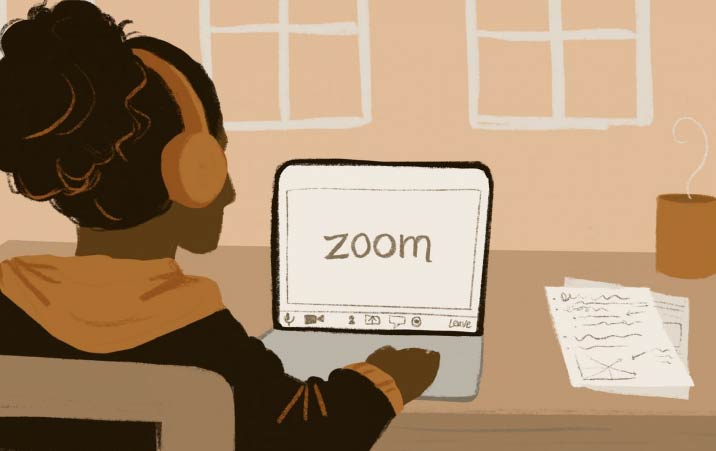COVID-19 has shined a light on the education system worldwide. Many educators have had to really evaluate their teaching methods and determine whether they have truly been meeting the needs of all of their students. Virtual learning has become a way of life as COVID-19 has forced many students to learn from home as well as many teachers to teach from home. As virtual learning is continuously being evaluated, there is a need to look back to life before the 2020 pandemic to see if there has always been a need for virtual learning and compare it to the reality of today.
Learning prior to COVID-19
Virtual learning did not just evolve with COVID-19. The question is: Was there a need for virtual learning prior to the COVID-19 pandemic? As an educator, my answer is yes. There were many occasions when I had a student who was in the hospital or out sick for an extended period of time and who, of course, still needed to learn. To be able to still have that student connected to their classmates and the live teaching in the classroom would have been awesome. I believe that even students that were suspended should have had, at the very least, access to the recording of the live lesson that was taught that day so that they would not fall behind in their learning.
So, why was there not more known or heard about virtual learning? Were the resources available to provide learning in this way? Yes, they were. Were teachers aware of access to the necessary tools for virtual learning? Yes and no, but maybe not for use in the way that it is currently being implemented today. There are many questions as to whether there was a need or a place for virtual learning prior to COVID-19. One way to answer those questions is to evaluate the reality of virtual learning today.
Today’s reality
The reality of virtual learning today is that it has been a life saver in the midst of the COVID-19 pandemic. As many school systems were forced to close, for the safety of students and teachers, virtual learning became a way of life to keep students from falling behind in their learning. Today’s reality has also shed light on areas, as educators, we need to work on to meet the needs of all students. Due to our current situation, still enduring the COVID-19 pandemic, educators have actually reached students that were not being reached prior to the pandemic. Student voice is important, and students have voiced their opinion about virtual learning. Although all students do not feel that they learn best virtually, many have found that this method of learning has been effective.
COVID-19 has challenged the way learning takes place, and several students and teachers have spoken out about how this has affected teaching and learning. My daughter is a virtual learner, and I had the opportunity to ask her about her thoughts on virtual learning. She has stated that she definitely likes being able to learn in the comfort of home. She has still been able to interact with her classmates and teachers through the use of several features available in the different video conferencing tools such as break out rooms and white boards as well as through interactions with their learning management system, LMS. For other students, like my daughter, who are a little shy in the face-to-face classroom, virtual learning has opened a door to a different way to still be involved in the learning process.
After also speaking with the teachers, from the local children’s hospital that typically work with students that are hospitalized for extended periods of time, I was informed that virtual learning has been the best thing that has happened to their students. One teacher explained that normally she, and others, would be responsible for teaching the students, in the different content areas, but that they would have little to no interaction with the students and teachers at the school in which they are enrolled. Since the pandemic has forced the addition of virtual learning, their students have now been reconnected to their actual classrooms and have been able to interact with their teachers and classmates. This has allowed the hospital teacher now to simply follow up with the students, as the hospital teacher is also included in the virtual classroom sessions. This has truly changed the dynamics of how the students that are in the hospital are learning.
Looking ahead
As educators think past the days of COVID-19, being locked down or only being partially back in session, virtual learning should still be considered a way for students that are unable to be present in school to continue to learn with their classmates and teacher. At this point, as many administrators and educators are looking ahead to the next semester with the hope that there will be no more COVID-19, plans should be considered for how virtual learning will continue to be a part of the learning process for students.
COURTESY – THE JOURNAL








